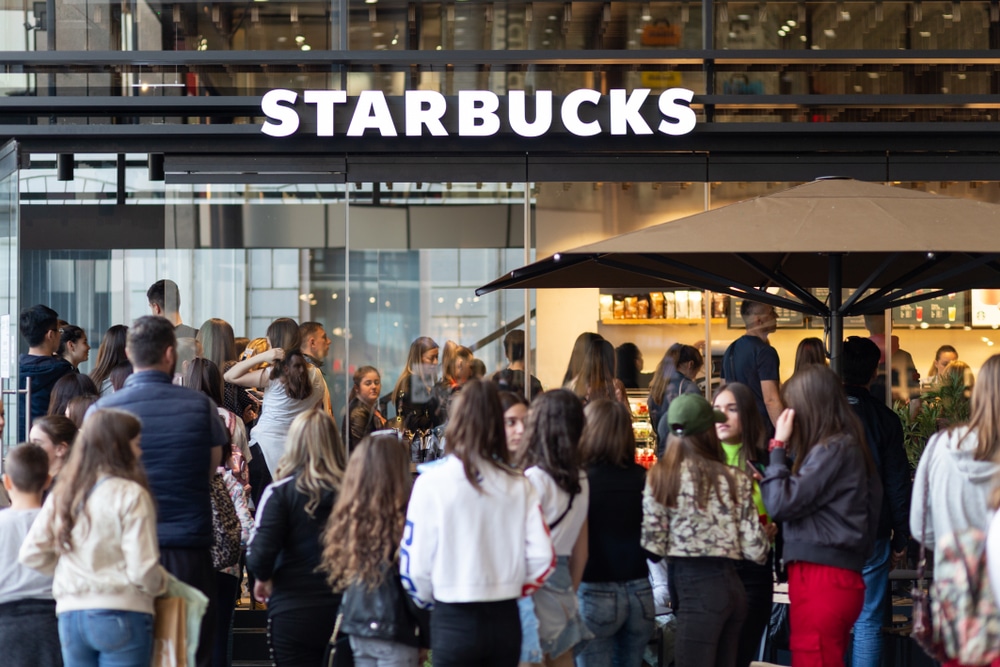“Strategy” refers to a high-level action plan designed to achieve one or more goals under conditions of uncertainty. There has been much uncertainty in brick-and-mortar retail these days, with customers shifting online and many longstanding retailers shuttering their doors for good in what the media has called a “retail apocalypse.” Yet, that doesn’t mean brands and retailers should throw up their hands in despair. Research suggests there is much value in shifting your focus to enhance the customer shopping experience in 2020.
What Is Customer Experience and Why Does It Matter in 2020?
Customer experience is your shoppers’ holistic perception of your brand. The in-store customer experience involves everything from helpful customer service representatives and short checkout wait times, to the type of music playing and aisle layout.
Recent statistics reveal:
- Companies earning $1 billion annually can expect an extra $700 million within three years of investing in customer experience.
- Eighty-six percent of shoppers say they’re willing to “pay more” for a great customer experience—which translates to a price premium of 13% to 18%.
- Personalized experiences have led 49% of buyers to make impulse purchases.
A Walker study estimates that customer experience will overtake price and product as the key brand differentiator by the end of 2020. So, really, it’s not a question of if you should invest in customer experience, but rather how.
4 Strategies to Enhance Customer Shopping Experience in 2020
You may consider a number of strategies to provide shoppers with a better in-store experience:
1. Reinvent Your Stores With Rotating Themes
Changing a store’s theme can be a headline-garnering way to create retail buzz. While most large department stores have given up their market shares to Walmart and Target, a few dominant players have stayed in the business by borrowing from the “pop-up shop” method of reinvention. For instance, Macy’s rolled out rotating STORY boutiques—“a retail concept that takes the point of view of a magazine, changes like a gallery, and sells things like a store.” Every six to eight weeks, the store design and inventory changes based on rotating themes like “Home for the Holidays” or “Beauty.” Bloomingdale’s takes a similar approach with rotating carousel pop-ups themed around culturally significant trends.
If you don’t have the budget to go all-out, your store “transformations” could be as simple as adding a few Instagram-worthy spaces. “These days, if consumers can’t Instagram a store, it’s almost not even worth going,” according to AdWeek. For instance, Morning Lavender Boutique and Café in Orange County, California created a breathtaking wall of flowers that invites shoppers to stop and snap a photo. Similarly, apparel retailer Showpo features a “social media nook”—a chic café set-up with a table, chairs, cakes, and tea accessories.
2. Turn Shopping at Your Store Into an Interactive Experience
People appreciate stores because they’re physical places of trial, discovery, and interaction. Stores like Trader Joe’s and Target employ the “wow factor” of free samples and dynamic displays to thrill their loyal customers in new ways. Marshall’s went so far as to hide curated “surprise boxes” around their stores for lucky shoppers to discover and claim. Shopkick, a mobile shopping rewards app, offers an even easier way to create an interactive experience for shoppers. Shopkick users are enticed to visit partnering stores and seek out products in exchange for reward points they can use towards gift cards of their choosing. The app’s scavenger hunt-like gamification provides shoppers with a fun way to discover new products.
3. Train Employees to Offer Excellent Customer Service
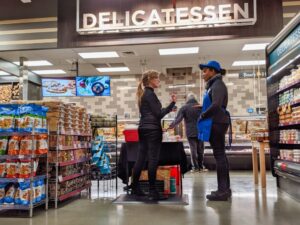 Online shopping offers convenience, but it can’t yet deliver good, old-fashioned, face-to-face customer service. You can use this to your advantage by training your employees to interact with individual shoppers based on past purchase history. Employing data-capturing systems and arming employees with tablets allows for more personalized recommendations and truly helpful customer service. Reps can search inventory in real-time and tap into customer profiles to go over and beyond the competition. Better than Google is the store representative who knows the pros and cons of various products; which brands sell best; what will best meet certain needs; and where to find the precise items on the shopper’s list.
Online shopping offers convenience, but it can’t yet deliver good, old-fashioned, face-to-face customer service. You can use this to your advantage by training your employees to interact with individual shoppers based on past purchase history. Employing data-capturing systems and arming employees with tablets allows for more personalized recommendations and truly helpful customer service. Reps can search inventory in real-time and tap into customer profiles to go over and beyond the competition. Better than Google is the store representative who knows the pros and cons of various products; which brands sell best; what will best meet certain needs; and where to find the precise items on the shopper’s list.
One example of this advanced form of customer service can be found at the flagship Birchbox store in NYC, where shoppers create beauty profiles for a curated selection of products tailored to their user profiles. The in-store focus on “try, learn, buy” is evident in salesperson interactions that guide shoppers through the engaging “build your own box” section of the store. In addition, Birchbox customers can book a manicure or blowout in the salon—making the store more of a destination than a stop.
4. Create a Community Gathering Space
Physical locations gather like-minded people—and all the better if these people decide they like buying from you. Nordstrom is one of the most frequently-cited examples of a retailer that truly understands the importance of “store-as-community-center.” They have dedicated 3,000 square feet of retail space to serving wine, beer, and espresso; personal stylist appointments; and on-site manicures and tailoring.
Consider a few other examples: Consumers can attend story hour with their little ones at Barnes and Noble or take a DIY woodworking class at Home Depot. Brooklyn-based leisure retailer Solfire installed a smoothie bar and fitness oasis that holds classes. At Weis Markets, the retailer doesn’t just sell food—it promotes healthy living; grocery shoppers can book a free tour with a dietician, attend a cooking demo, learn more at educational seminars, and participate in fun health fairs full of interactive games, giveaways, and food samples.
Leverage Shopkick to Aid in Customer Shopping Experience Enhancement
Shopkick offers an innovative platform that transforms the shopping experience for mobile-using customers. Upon entering a partnering retailer and opening the Shopkick app, users are greeted with the current deals and opportunities to earn rewards points. Over the course of their in-store experience, they are prompted to seek and scan select items and ideally make desired purchases while working toward a free gift card. Purina, one of Shopkick’s partners, was able to integrate digital messaging with physical product engagement down the aisles to increase incremental sales 85% and obtain 4:1 return on investment.
Shopkick offers an innovative platform that transforms the shopping experience for mobile-using customers.
Want to enhance the customer shopping experience? Read more success stories or contact Shopkick to learn how you can win hearts and minds as one of our partners.
Image courtesy of ACA9595

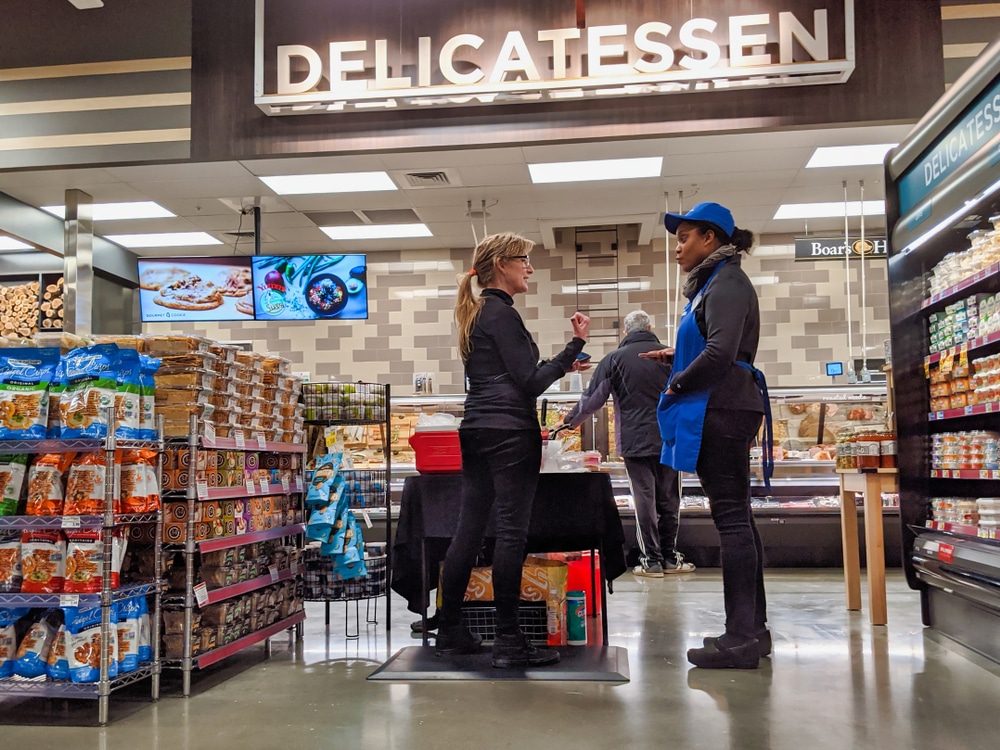

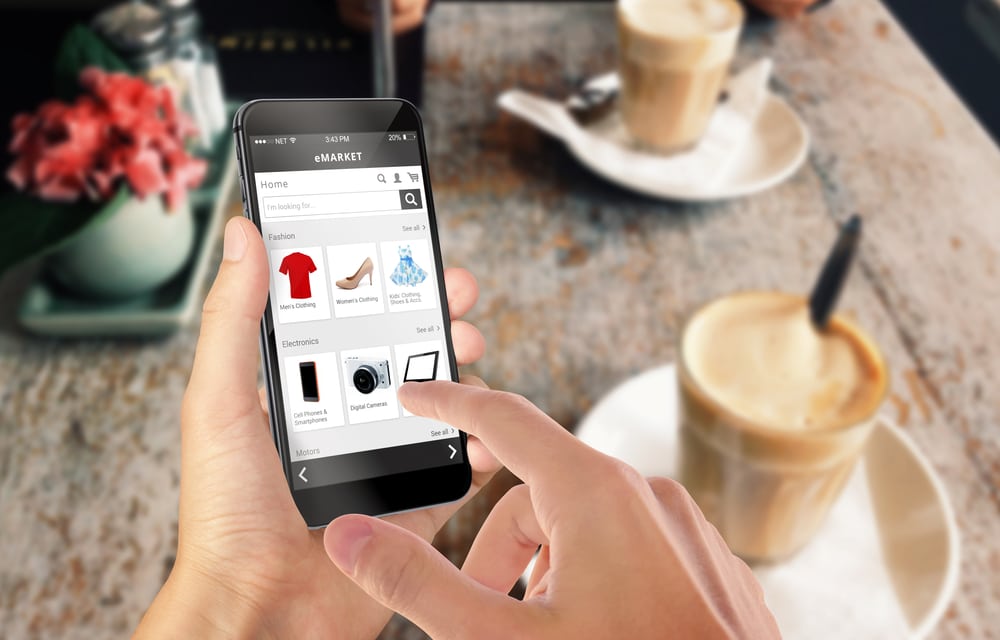
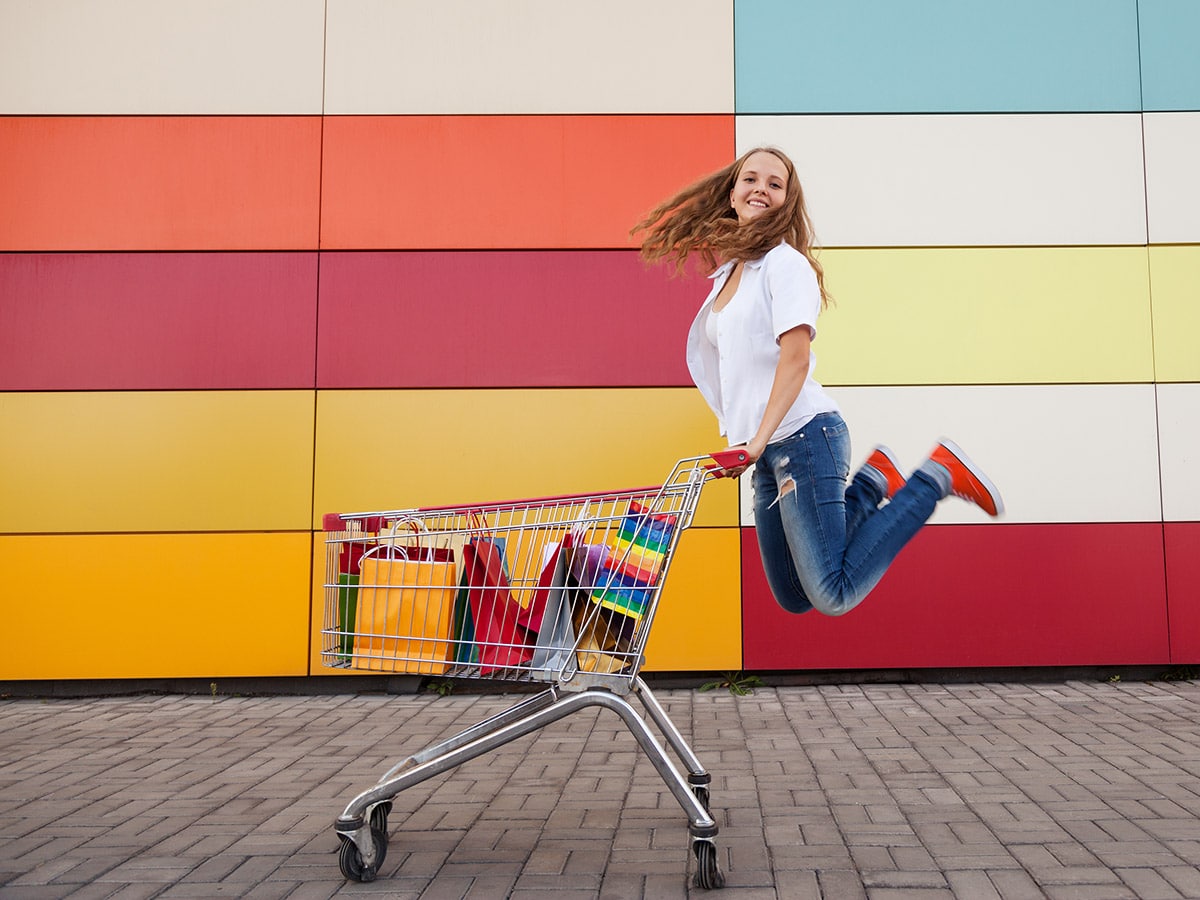
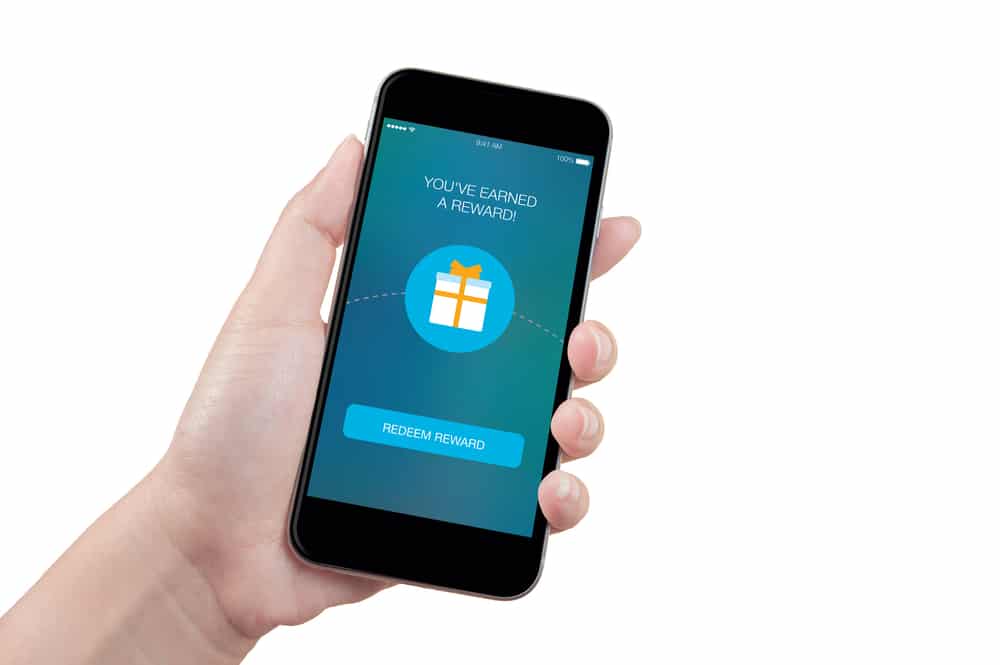

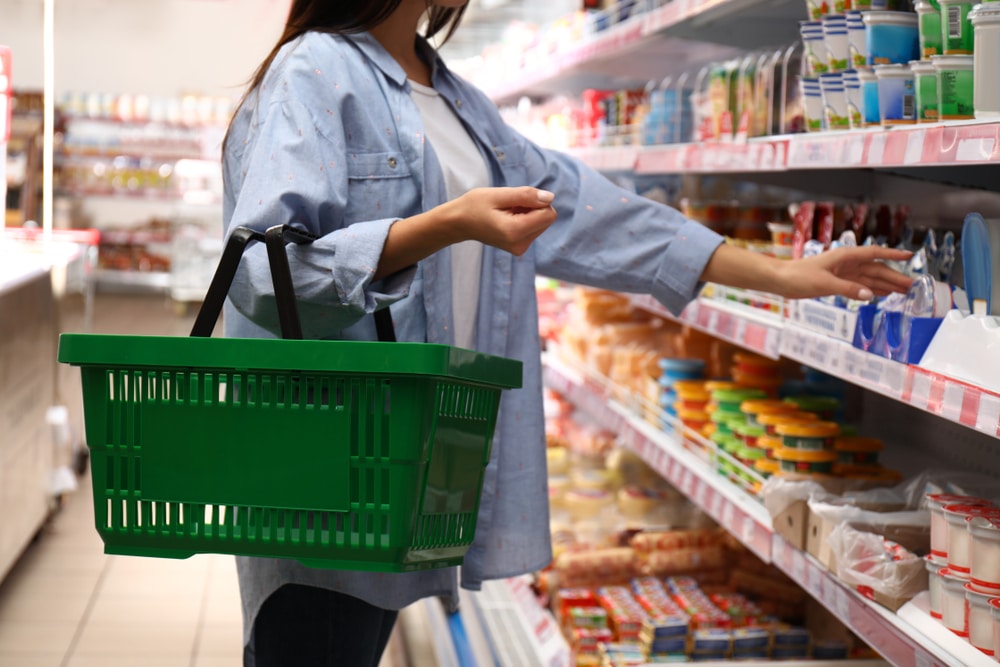
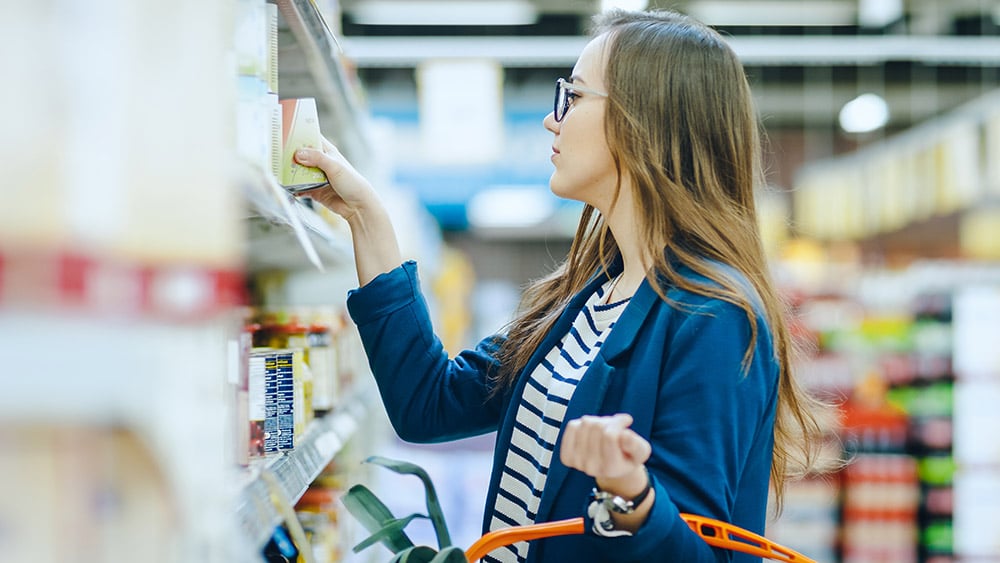
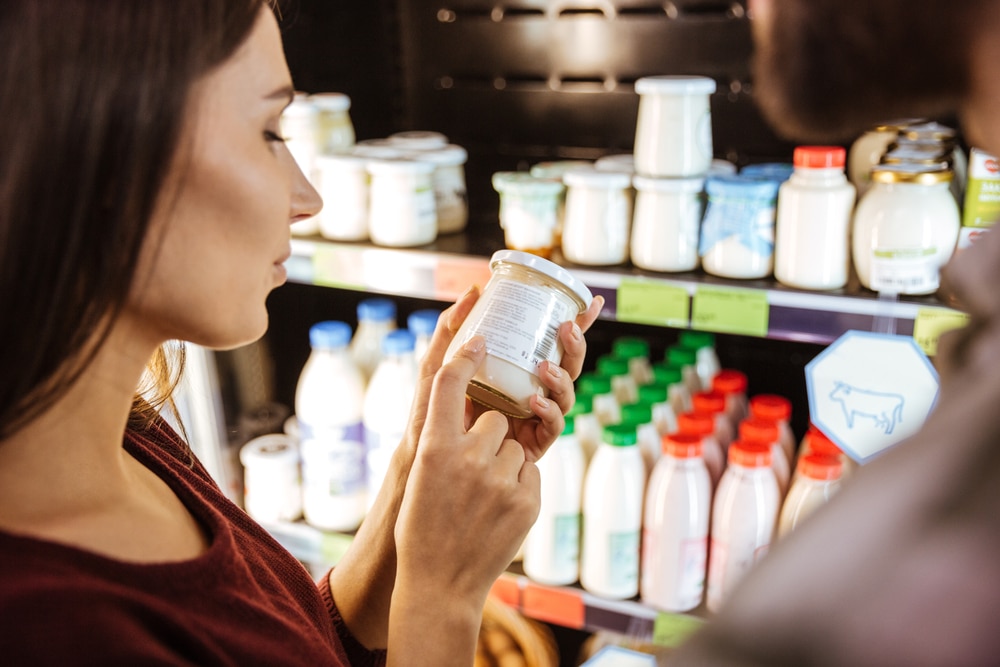
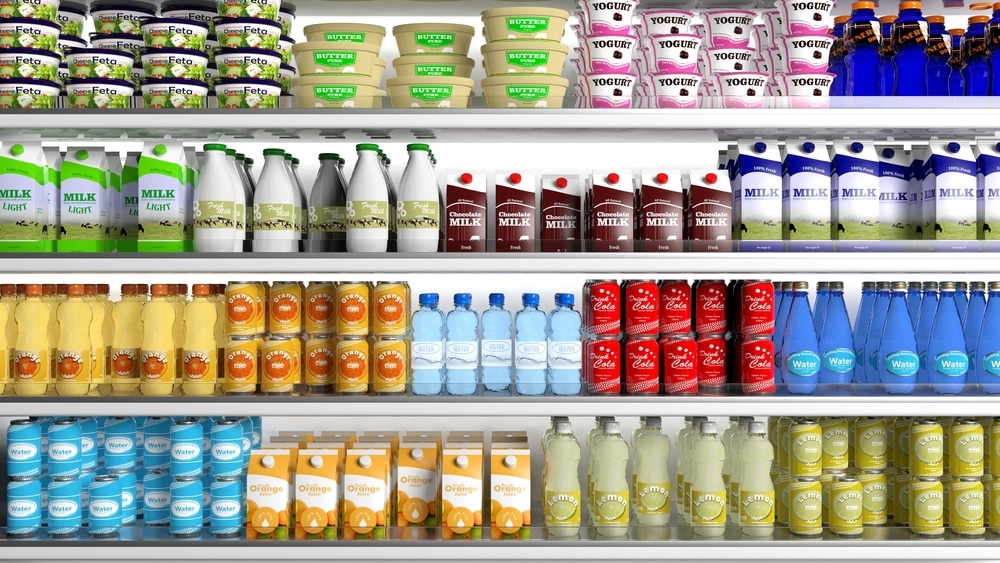
 The internet is routinely turned to for “that one product you can’t get anywhere else.” More and more, retailers are relying on analytics to gain insight into consumer preferences. Start with a large selection and let consumers decide what you should or shouldn’t carry in-store. Be sure to have your best-selling eCommerce items available on shelves as well. Use online sales data to update, reposition, or replace low-selling SKUs in both physical and online shops. If a particular flavor isn’t selling well in-store, make it exclusive to your online store. Often, the highest productivity comes from a rotating selection of new and niche products that keeps the shopping experience fresh and exhilarating.
The internet is routinely turned to for “that one product you can’t get anywhere else.” More and more, retailers are relying on analytics to gain insight into consumer preferences. Start with a large selection and let consumers decide what you should or shouldn’t carry in-store. Be sure to have your best-selling eCommerce items available on shelves as well. Use online sales data to update, reposition, or replace low-selling SKUs in both physical and online shops. If a particular flavor isn’t selling well in-store, make it exclusive to your online store. Often, the highest productivity comes from a rotating selection of new and niche products that keeps the shopping experience fresh and exhilarating. 